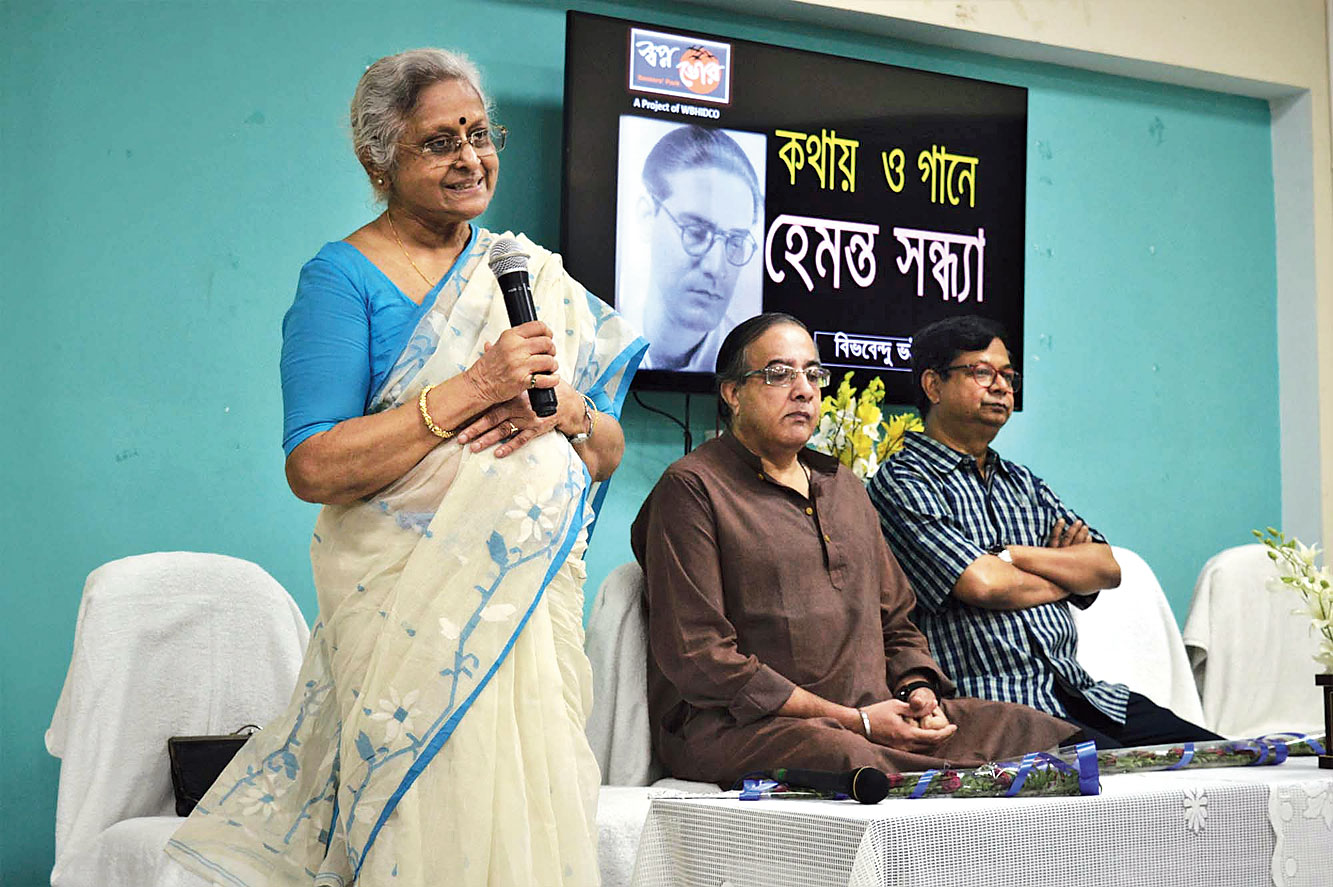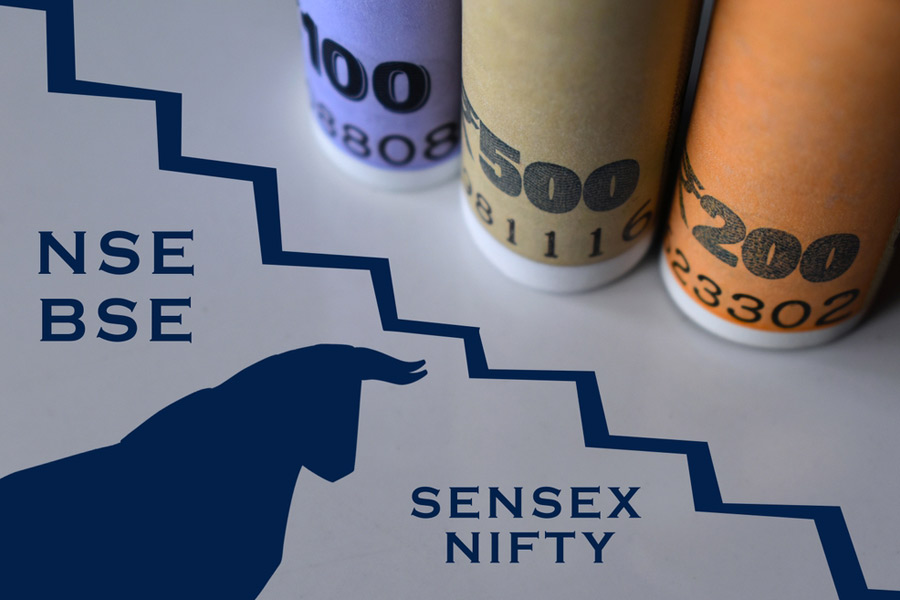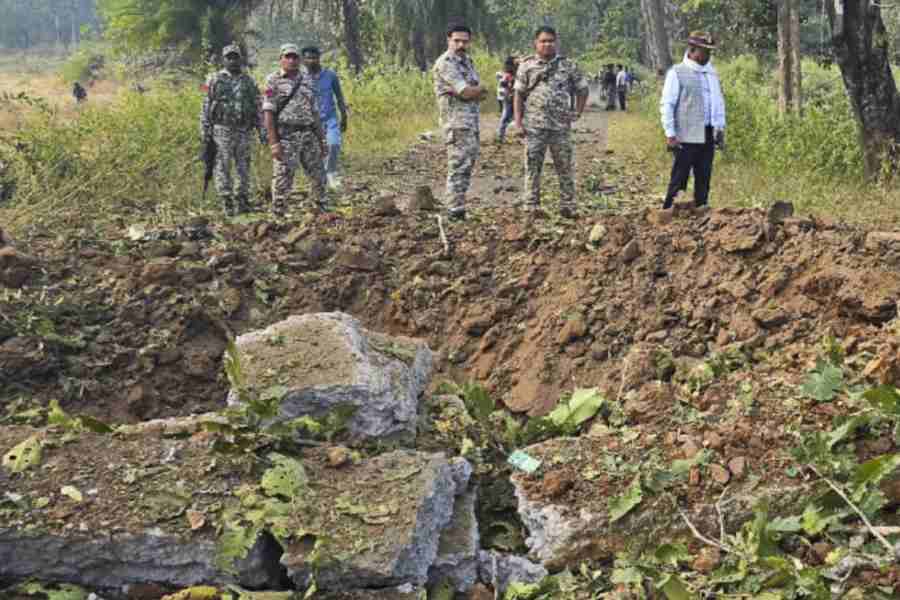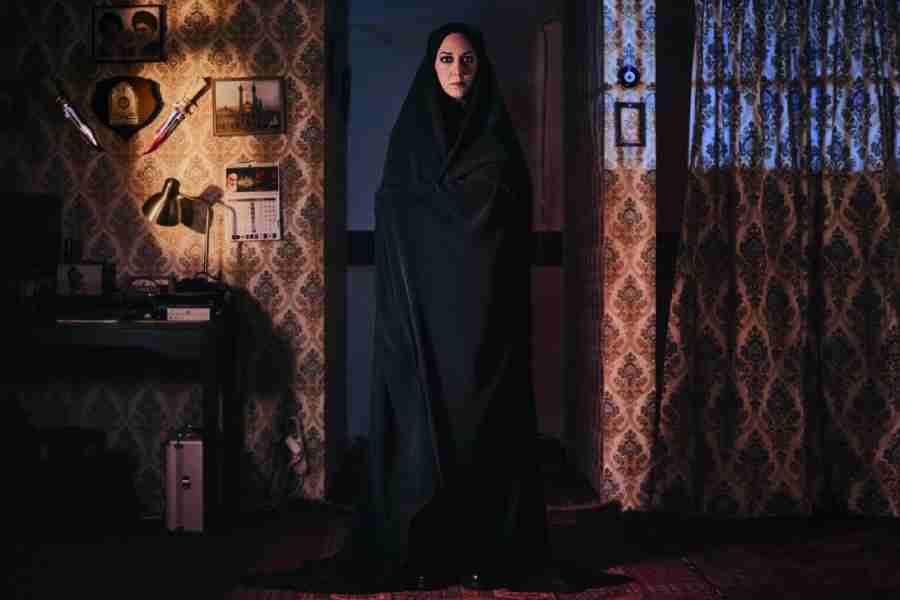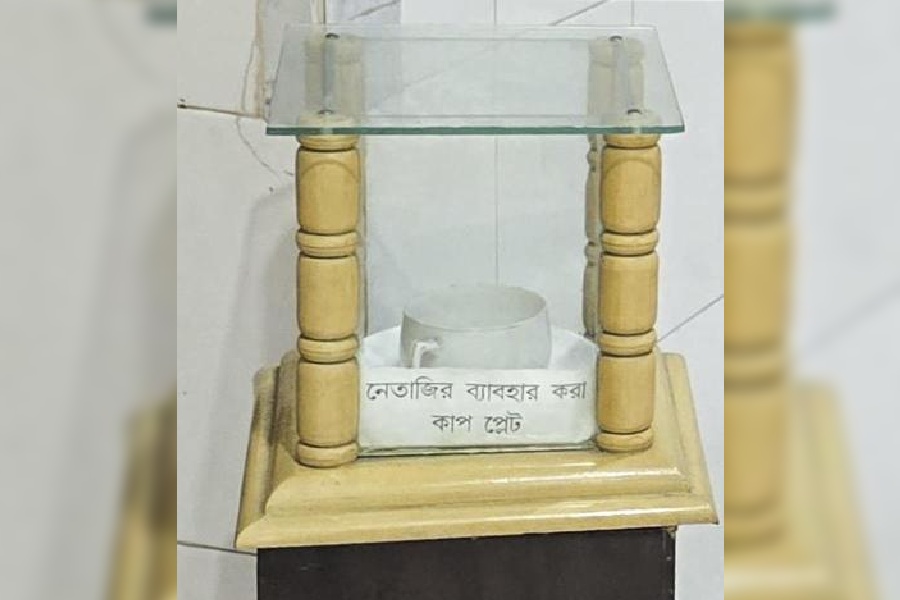When Kaka was born, the astrologer predicted that he would either be something terrible — like a thief or a dacoit — or someone great,” said Sumitra Mukhopadhyay Roy and the audience at Swapno Bhor senior citizens park broke into smiles.
Mukhopadhyay Roy’s uncle was Hemanta Mukherjee and she was speaking on the singer’s birth anniversary on June 16. This year marks the beginning of his birth centenary.
Housing and Infrastructure Development Corporation (Hidco) had organised twin celebrations on the occasion, the first being at Swapno Bhor.
The audience listened intently as Mukhopadhyay Roy recounted tales of her “Mejo Kaka”. “Kaka never learnt music from anyone. Back in the day, no one could imagine making a living by pursuing music so it was never encouraged,” said the lady, who herself had sung the Rabindrasangeet Tobu Money Rekho in the Uttam Kumar film Agniswar.
“But Kaka was adamant about singing. Whenever there would be a wedding in the neighbourhood he would declare that he would sing at the bashor. Then at night he would throw his slippers over the fence and jump over to reach the venue,” she laughed. “Thakuma would say he would sing to put his siblings to sleep too.”
Mukhopadhyay Roy emphasised that Hemanta was as modest as his attire. “Once he had gone to London for a show and it was freezing. So he appeared on stage in a suit. But the audience wouldn’t have it! They insisted on seeing the ‘real’ Hemanta and so he had to go back and change back to his trademark dhoti.”
Hemanta would financially support many. “Towards the end of his life when he took ill and wouldn’t travel much, his driver would visit many a home with envelopes on the first of every month. But my thakuma always told him that others mustn’t know of his deeds.”
Mukhopadhyay Roy remembers how happy Hemanta was upon his return from Bangladesh once. “He was overwhelmed! Some asked if they may seek his blessings with a pranam, others asked if they may touch him once….”
Hemanta’s niece said he was like a second father to her. “I remember how the whole city cried together when he passed away. The vehicle with his body reached the HMV office and complete strangers came together to sing Purano sei diner kotha and Aguner parashmoni…. Today I’m hearing his songs everywhere from the morning and it brings me great joy to see how everyone remembers him,” she said.
Also present was whistling musician Tarun Goswami, whose father happened to be a close friend of Hemanta’s. “Hemanta kaku would come and ask which song he should sing for me,” he recalled.
“Hemanta kaku had two important messages for us. For artistes, his advice was to never be proud. He would ask us to practise every day or else music would elude us,” said Goswami. “Now-a-days everyone believes themselves to be a celebrity at the smallest achievement so his message to commoners was to learn to live like commoners.” Goswami also whistled the Hemanta number Surer Akashe from the film Shap Mochan.
Singer Bibhabendu Bhattacharya then took stage to sing some Hemanta songs. Chairman cum managing director of Hidco Debashis Sen announced that on June 30, 5.30pm, another Hemanta tribute would be held at Rabindra Tirtha. Singer Sagnik Sen and Goswami will both perform there. “Hemanta is part of the heritage of Bengal so let us celebrate his music and take it forward to the next generation,” Sen said.
The audience was nostalgic. “I remember listening to Hemanta’s Runner song on the radio,” recalled Purabi Basu of AB Block. “And I once got to watch Hemanta live at Kala Mandir. He had sung a Rabindrasangeet with only a cymbal as accompaniment. I was mesmerised by his voice.”
But Arati Gupta, who takes active part in BF Block’s cultural programmes, said organising a Hemanta tribute at the block level would be more difficult than Rabindra-Nazrul jayanti. “For starters there aren’t enough male singers to sing Hemanta songs. Most of the men are too busy with office,” she said.

A statue of the singer garlanded at Mother’s Wax Museum (Pictures by Debasmita Bhattacharjee)
Music over cricket
Another tribute show took place outside Mother’s Wax Museum the same evening and the seats filled up despite the ongoing India-Pakistan cricket match.
“I was watching the match but Hemanta-r taan ey ashte holo. I grew up hearing these songs,” smiled Avijit Sengupta of Action Area I as singer Prabir Mukherjee performed Oh akash shona shona and Amay proshna kore neel dhrubo tara. Dance troupe Belur Shinjini performed to songs like Ei meghla dine ekla ghore, Jhor utheche baul batash and Runner.
Susovan Panda had taken the subway to come from Eco Park for the music. “My three-year-old son forced me to get him to Eco Park so I’ve been watching the game on my phone. But when I heard these Hemanta songs I crossed over. The songs are beautiful,” said the Baguiati resident.
The USP of this show was the Hemanta statue placed at the edge of the stage that some in the audience mistook to be a real singer with his harmonium. “The statue is from the wax museum upstairs,” said Sen. “It was installed as part of the second lot of statues there. It has been brought out to the open for the length of the show, after which it will be returned to the air conditioned museum.”

